A Beach Project Built on Sand; By Robert S. Young, PhD
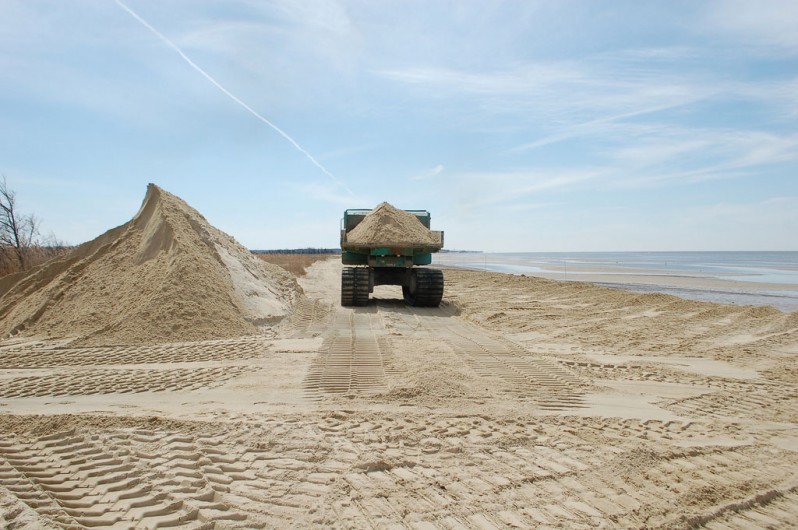
Earlier this month, Gov. Andrew M. Cuomo announced a $207 million plan to dredge millions of tons of sand off the south shore of Long Island and spread it along the beaches and dunes. It is a colossal waste of money and another consequence of the nation’s failure to develop a coherent plan to address the risks from storms faced by states along the eastern seaboard and gulf coast.
The Army Corps of Engineers Moves Forward With 50-Year Project
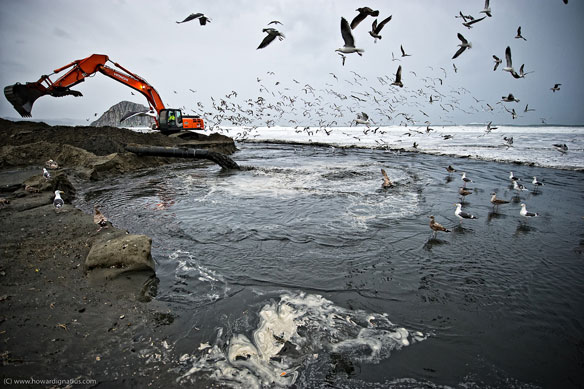
After more than a decade of work and research, a project report that aims to keep Bogue Banks beaches nourished for the next five decades has been submitted for final comment. The estimated cost for the initial project construction and the reoccurring nourishment projects over the next 50 years is $266,783,000. Since 2001, the project cost the county $2,947,503.
Beach Erosion Again Exposes Concrete at Kuhio Beach, Hawaii
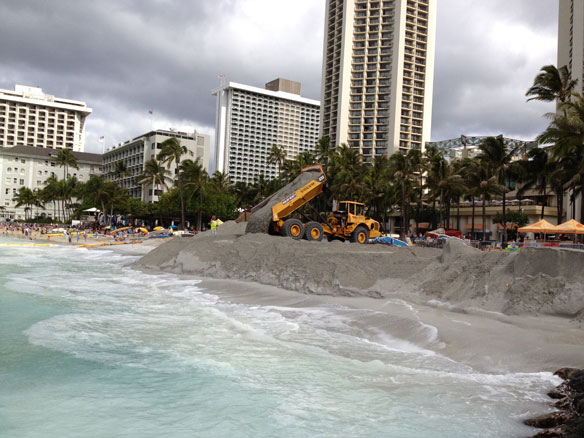
It was just last October that beach erosion exposed an area of concrete along Kuhio Beach. Nine months later, it has happened again.
Endless Erosion Battle a Matter of Money

Since the first federal beach renourishment project in 1969, 3 million cubic yards of sand have been pumped back onto the beach, and about $25 million in today’s dollars have been spent on Treasure Island, Florida, alone to fight a natural process that’s been happening for ages on barrier islands, researchers say.
The Folly Of Poorly Executed Beach Renourishment
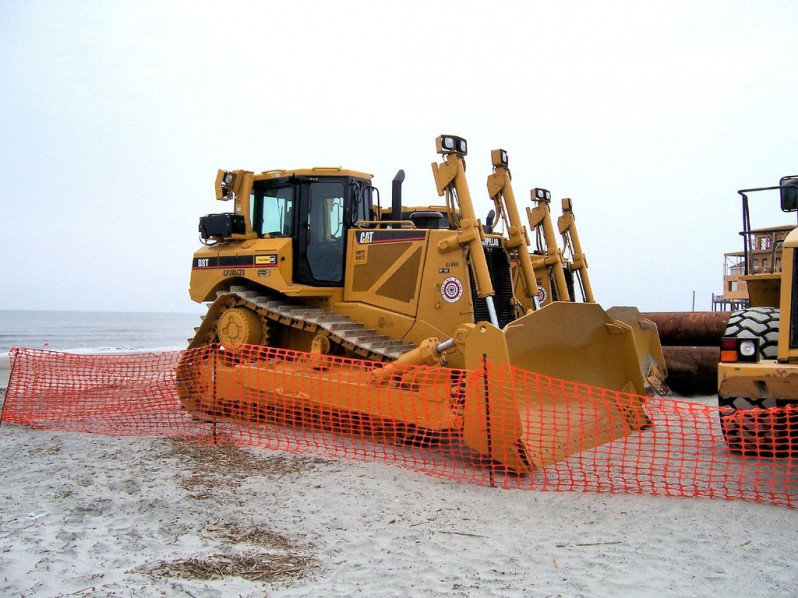
“Folly’s beach $30 million dredging/renourishment project is a fiasco that eclipses the 2009 dredging of live artillery onto the beach during a project in Surf City, N.J…” By journalist Chris Dixon.
Army Corps Beach Erosion Fix Would Cost $43.4M
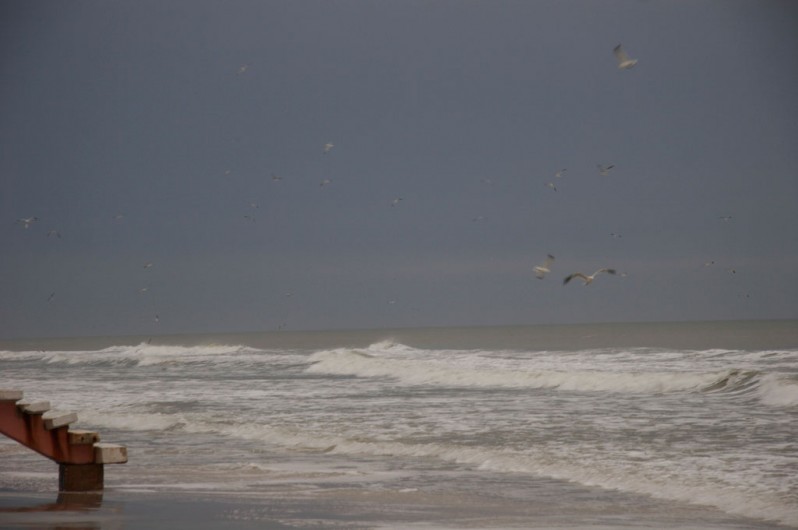
The Army Corps of Engineers said it will be expensive to fix beach erosion problems along Flagler County’s shoreline, Florida.
Along Jersey Shore, Towns Build Sandcastle Dunes
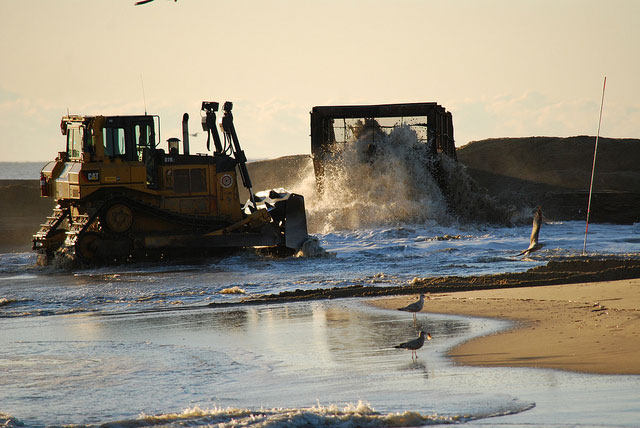
The hills of sand are supposed to act as fortresses that protect Jersey Shore communities from the ravages of the sea. But unless the sand can be stabilized by vegetation, one municipal engineer said, “They disappear like children’s sand castles at the end of the day.”
The Fickleness of Sand

Beach sand is a fickle thing. It gets pushed around by winds and waves, and you can never tell with any certainty where it will end up, despite the best engineering and intentions.
Computer Model to Help Managers with Renourishment Decisions?
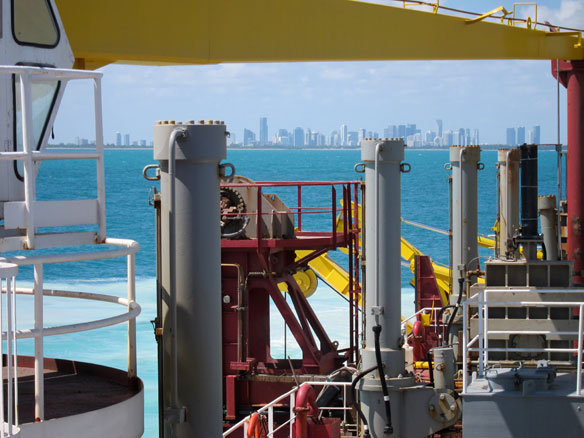
Since the first project of its kind in the U.S. at Coney Island, N.Y., in 1922, coastal managers have used beach nourishment – essentially importing sand to replace sediment lost through storms or erosion – to restore damaged beaches, but it is laborious and expensive.
